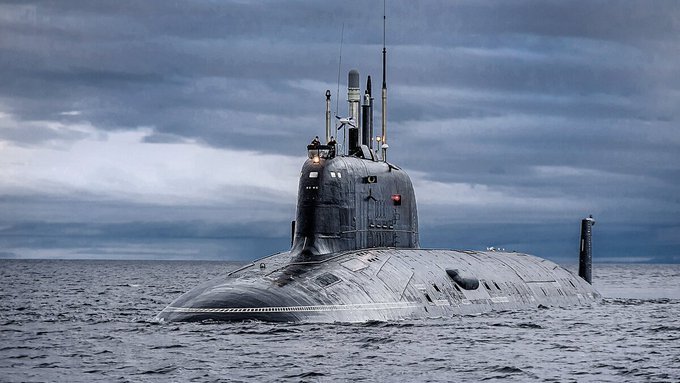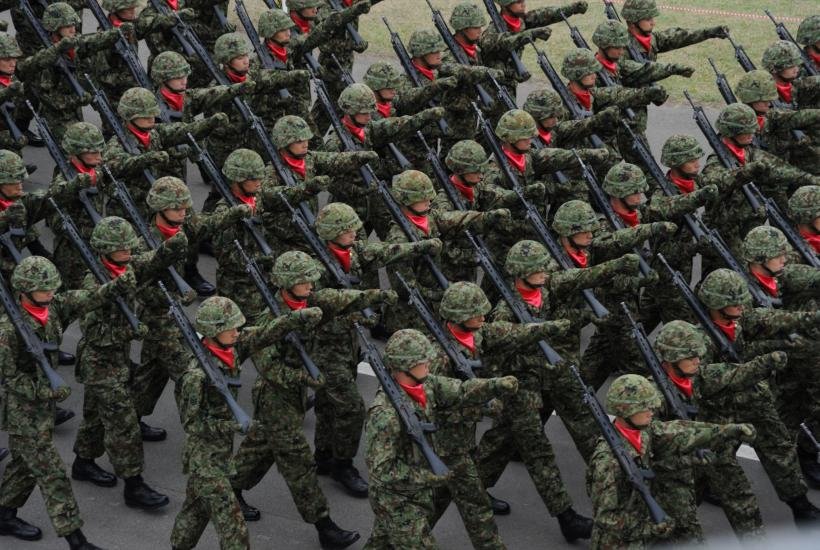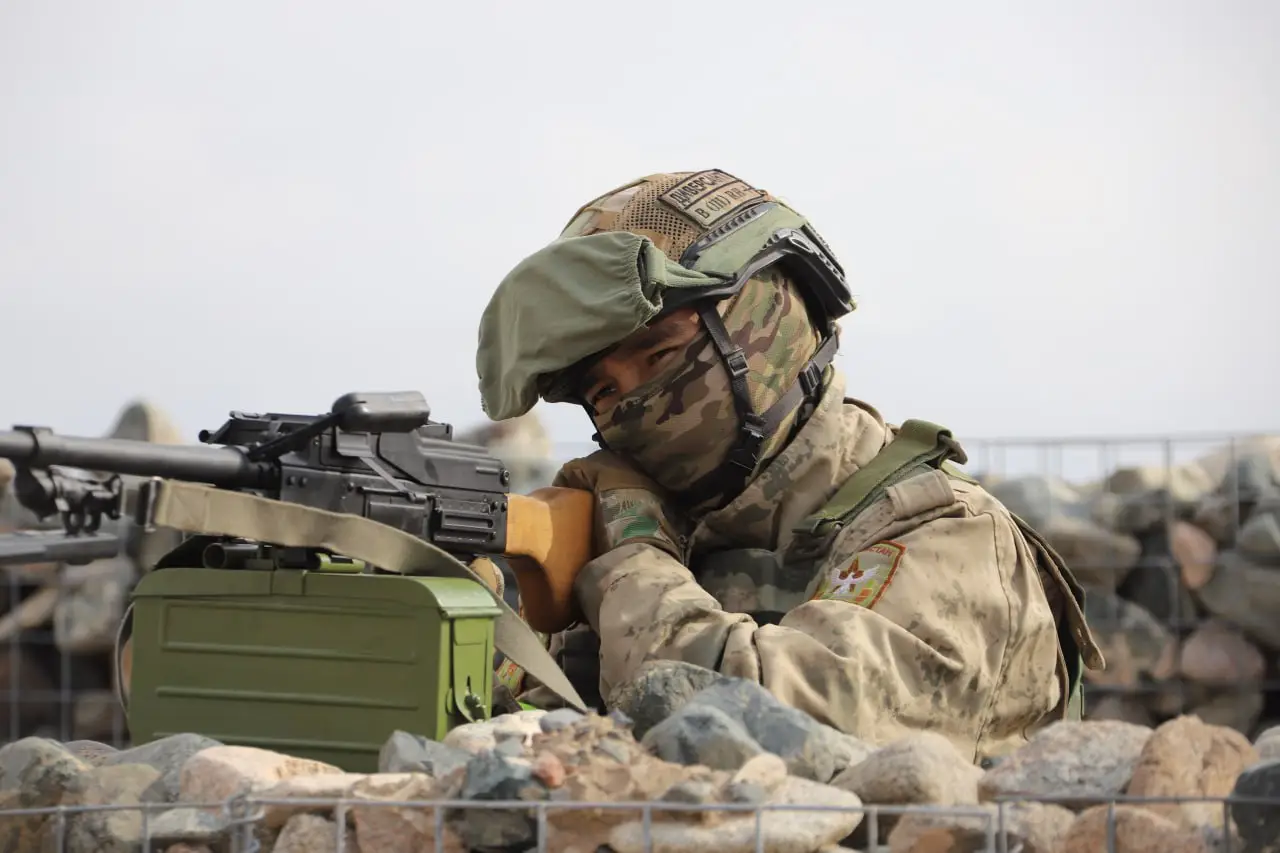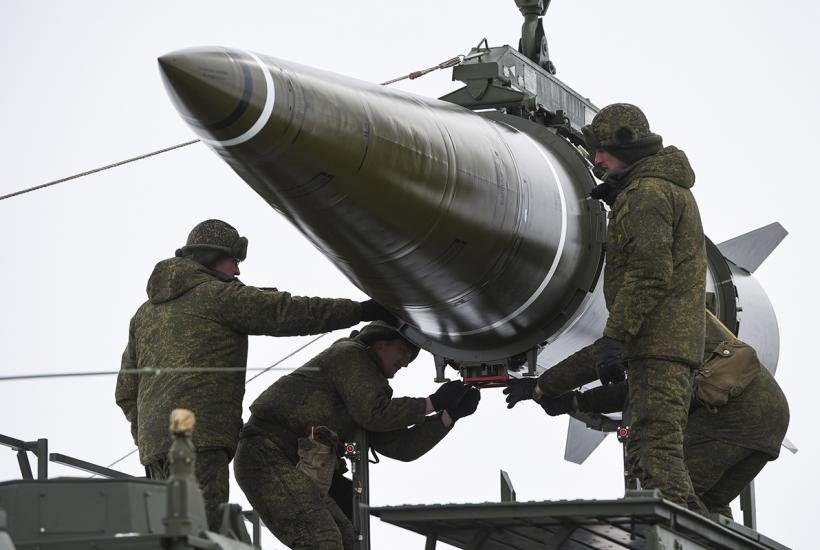
The “Palestinian tactic” of missile strikes combined with suicide drones: How could Russia overwhelm Ukraine’s air defenses?
London, August 7, 2025 – The war in Ukraine is gradually turning into a technological duel, in which air defense (ADF) and new forms of weapons such as suicide drones play a key role. What would happen if Russia applied the “Palestinian tactic” of mass missile and drone attacks on the Ukrainian capital? This scenario poses a serious challenge for the Ukrainian ADF and shows the limits and advantages of available defense technologies.
Throughout the war in Ukraine, Russian forces focused on massive missile strikes, which were intended not only to destroy strategic targets, but also to destabilize civilian infrastructure and instill fear. New technologies have gradually begun to be incorporated into this strategy, with one of the most discussed trends being the deployment of suicide UAVs. When we add to these attacks the tactic of mass launching of rocket strikes, which is known, for example, from the Palestinian tactics of Hamas and Hezbollah, we get a military challenge that is extremely difficult to prevent even for the most modern air defense systems. How would the combination of these attacks affect Ukraine’s defense capabilities and what advantages or disadvantages would it bring to Russia? Would Ukraine even have a real chance of successfully defending the skies over Kiev.
Massive deployment of Russian kamikaze drones overwhelms Ukrainian air defense
Russian forces have already demonstrated several times how effective suicide drone attacks can be, especially models such as the Geran 2. This type of drone has become an indispensable tool for Russia when it has targeted Ukrainian infrastructure and military targets. The Russian military command uses drones in large waves in these attacks to overload Ukraine’s air defense as much as possible. Attacks such as those on June 29, 2025 or July 9, 2025 have shown how easily Ukraine’s air defenses can be overwhelmed. In these operations, Russia uses hundreds of drones, which are intended not only to cause maximum damage, but also to exhaust the capabilities of Ukrainian air defense systems.
Examples of the most massive air strikes:
• June 29, 2025: More than 477 drones, four hypersonic Kh-47M2 Kinzhal, seven Iskander-M/KN-23 ballistic missiles, 41 Kh-101/Iskander-K cruise missiles, five Kalibr cruise missiles, and three S-300 anti-aircraft guided missiles were sent to Ukraine. These attacks were intended to weaken key military and communication nodes. The attack resulted in losses not only in ammunition but also in the training of air defense units, which could not focus on the immediate detection and neutralization of each individual drone.
• July 9, 2025: Another attack included 728 drones, seven Iskander-K and Kh-101 cruise missiles, and six Kinzhal hypersonic missiles.

Geran 2:
The Geran 2, the most commonly used Russian suicide drone, poses a serious threat to air defense systems. With parameters such as a length of 3.5 m, a wingspan of 2.5 m, a weight of 200 kg, and a range of up to 2,500 km, the Geran 2 can hit targets deep in the Ukrainian interior. With weapons weighing up to 50 kg of explosives, this drone is capable of causing significant material damage, while the difficulty of defending against it is extreme, given its flight parameters, altitude of up to 4,000 m and the possibility of mass deployment. According to Ukrainian military intelligence, Russia plans to increase the production of drones to 500 units per day.
Geran 3:
The evolution of the proven Geran 2 is Geran 3, which already has a jet engine, thanks to which it flies faster, higher and quieter than previously used types. They reach speeds of up to 600 km/h and fly at an altitude of over 9 kilometers. Their range is 1 to 2 thousand kilometers and the deadly payload is a charge weighing up to 50 kg.
Rocket attacks (often unguided missiles) by Hamas and Hezbollah and the overwhelming of Israel’s top-notch air defense
To understand the effectiveness of mass rocket and drone attacks, we can look at the precedent of Hamas and Hezbollah attacks against Israel. These organizations have long used the tactic of mass launching of unguided missiles and, in some cases, drones, which in several cases overwhelmed the Israeli air defense, especially the vaunted Iron Dome system. Although Israel has highly sophisticated defense systems, repeated waves of attacks have proven effective not only in directly hitting targets, but also in psychological pressure on the civilian population and defense structures.
The effect of associating the “Palestinian tactic” with the already implemented mass deployment of suicide UAVs deep inside Ukraine
Adding the “Palestinian” tactic of mass attacks to the already established use of suicide UAVs could have several advantages for Russia. The main advantage is the increase in efficiency in carrying out simultaneous attacks on different fronts. This not only weakens the Ukrainian air defense, but also its ability to respond to multiple target areas. For Russia, this would mean effective airspace security over the vast territory of Ukraine, which would bring serious advantages in securing strategic objectives.

However, the disadvantage of this tactic would be the extreme use of resources. Massive attacks on thousands of targets would entail not only high costs, but also logistical problems in providing a sufficient number of UAVs and missiles. In addition, such attacks would attract greater attention from cyber and electronic defense assets, which could reduce the effectiveness of the attacks. At the same time, the production capacity that would ensure a constant supply of missiles and drones would also become the Achilles heel of the entire strategy, as it would face significant interest from sabotage groups, as well as retaliatory Ukrainian drone strikes.

A scenario in which Russia would apply “Palestinian tactics” in combination with the widespread use of suicide UAVs would pose a serious challenge to the Ukrainian air defense. Although current systems such as the Patriot, Flakpanzer Gepard, and IRIS-T offer strong defense, their capabilities are limited in number and effectiveness in massive attacks. Ukraine finds itself in a difficult situation where it must choose between ensuring the protection of key targets and the total exhaustion of defense resources. This shows that at this stage of the conflict, modern defense technologies are still in constant development and adaptation to newly emerging threats, while the scenario of the Russian deployment of mass UAVs in combination with missile attacks is a realistic challenge that will be difficult to face.


Peter Weiss


















